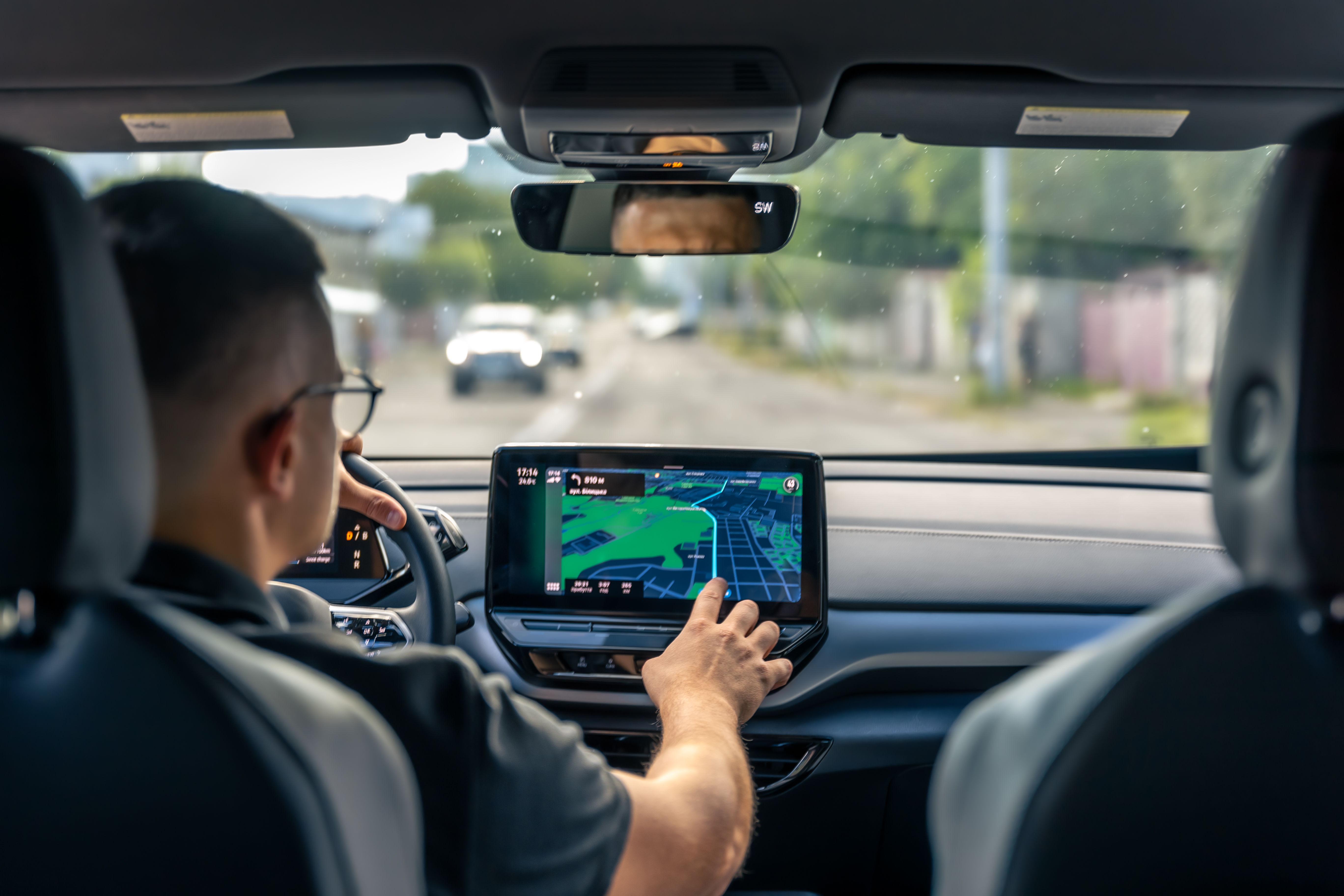In today’s fast-paced logistics and transportation landscape, efficiency is everything. Whether you run a taxi fleet, a delivery service, or a logistics companypany, one of the biggest challenges lies in planning and managing routes and its effectively. The poorly optimized routes led to wasted fuel, late deliveries, frustrated customers, and higher operational costs; that’s where disdispatch software comes in as a game-changer.
Modern taxi dispatch software is no longer just about assigning jobs—it leverages data, automation, and real-time tracking to help businesses achieve seamless route optimization. Below, we’ll explore six key ways dispatch software enhances route optimization and why it’s an essential tool for businesses looking to boost efficiency and customer satisfaction.

Real-Time Traffic Analysis and Dynamic Routing
One of the most powerful features of dispatch software is its ability to consider real-time traffic conditions when planning routes. Traditional static route planning doesn’t take into account accidents, road closures, or sudden traffic jams, which can lead to costly delays.
Dispatch software integrates with GPS and live traffic data, allowing routes to be updated dynamically. For example, if a delivery driver encounters heavy congestion, the software can instantly suggest an alternative route that minimizes travel time.
This adaptability not only save’s fuel but also ensures timely deliveries, keeping customers happy and operations smooth. Benefit in numbers: Businesses using dynamic routing report saving up to 20–30% in travel time and fuel costs.
Efficient Assignment and Load Balancing
Assigning the right job to the right driver is just as important as mapping the best route. Dispatch software uses intelligent algorithms to allocate jobs based on proximity, vehicle capacity, delivery urgency, and driver availability.
This prevents situations where one driver is overloaded with jobs while another has idle time by balancing workload efficiently, businesses can ensure more routes are covered with fewer resources, ultimately cutting operational costs.
For instance, in a delivery business, the software ensures that a driver already near a customer location gets assigned that job instead of sending someone from farther away. This not only optimizes travel but also increases driver productivity and satisfaction.
Geofencing and Route Compliance
Optimizing a route isn’t just about planning—it’s also about ensuring drivers stick to it. Dispatch software offers geofencing capabilities, which allow managers to set virtual boundaries for specific routes or areas.
If a driver strays off the designated path or makes unauthorized stops, the system immediately alerts managers. This helps maintain route compliance, reduces misuse of company vehicles, and ensures timely task completion.
Geofencing also plays a role in improving security and customer trust. For example, customers waiting for high-value deliveries can be assured that their orders are being handled along verified and optimized routes.
Integration of Predictive Analytics
Dispatch software is not just reactive; it can be predictive. By analyzing historical data such as delivery times, traffic patterns, customer addresses, and seasonal demands, and the system can forecast future scenarios and recommend optimized routes accordingly.
For example, if data shows that traffic on a particular road is usually heavy during peak hours, the software can automatically avoid that route when scheduling deliveries in advance.
Predictive analytics also help in demand forecasting, enabling businesses to plan routes more effectively during high-demand seasons like holidays. This forward looking approach reduces uncertainties and ensures that companies stay ahead of potential delays.
Lower Fuel Costs and Increased Sustainability
Fuel is one of the highest recurring expenses in transportation and delivery businesses. Poorly optimized routes cause longer travel, unnecessary idling, and higher fuel use. Dispatch software solves this by mapping the shortest and most efficient paths.
By minimizing detours and idle times, companies can cut fuel costs by 10–20%. For example, a fleet of 50 vehicles saving just one liter per day can save thousands of liters and money annually.
Optimized routing also supports sustainability by reducing emissions and aligning with global eco-standards. In industries like e-commerce, delivery, and taxi services, this strengthens brand reputation while saving money.
Suggestions for How TaxiMobility Can Help
TaxiMobility integrates GPS and live traffic data, automatically rerouting drivers to avoid congestion, accidents, or roadblocks. This ensures faster rides, higher trip volumes per driver, and improved customer satisfaction.
The platform uses intelligent dispatch algorithms to assign the nearest and most suitable driver to each booking. This reduces idle time, increases ride acceptance rates, and maximizes overall fleet utilization.
TaxiMobility allows operators to set geo-fences for high-demand or restricted areas. If drivers are moveing outside permitted zones or deviate from optimized routes, managers receive instant alerts, ensuring safety, compliance, and accountability.
With built-in analytics, TaxiMobility helps predict demand hotspots, peak booking hours, and traffic bottlenecks. This enables proactive route planning, resource allocation, and surge management during high-demand periods.
By minimizing detours and optimizing trip assignments, TaxiMobility reduces unnecessary mileage and fuel consumption. This not only lowers operational costs but also contributes to a greener, more sustainable transport ecosystem.
Conclusion
In a competitive taxi and mobility industry, efficiency is no longer optional—it’s a necessity. TaxiMobility goes beyond traditional dispatching by combining real-time traffic intelligence, smart driver allocation, geofencing, predictive analytics, and sustainability-driven routing into one powerful platform. By leveraging these features, taxi operators can reduce costs, improve driver productivity, deliver faster rides, and build stronger customer trust. In essence, TaxiMobility empowers businesses to run smarter fleets while creating a seamless travel experience for passengers.

